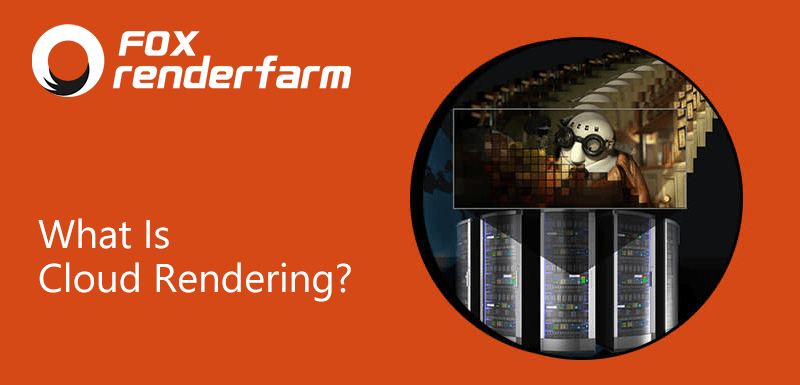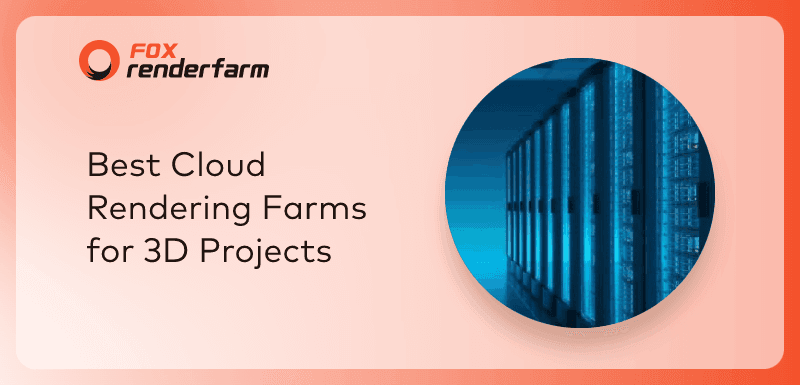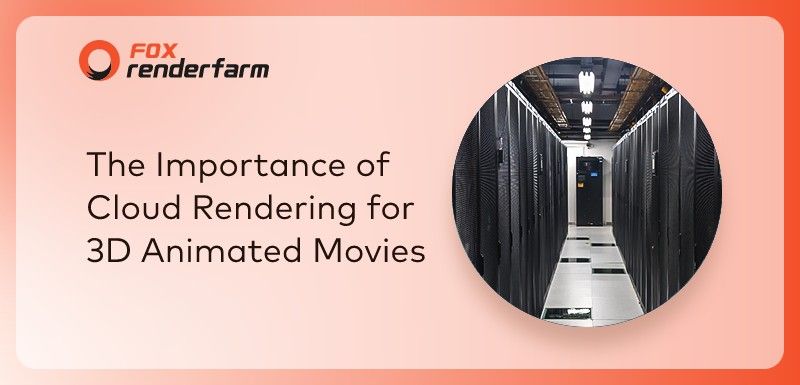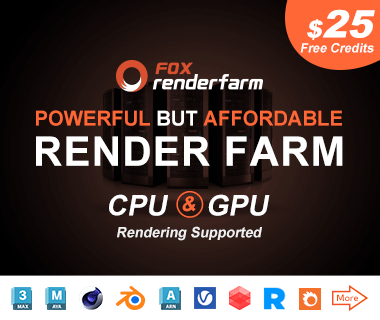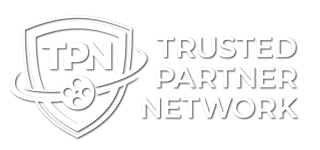¿Cómo Utilizar una Granja de Renderización? - (Guía Paso a Paso)

Para proyectos urgentes, una granja de renderización puede resultar una salvación. En comparación con el renderizado local, las computadoras a gran escala de una granja de renderización ofrecen ventajas significativas en términos de mejora de la velocidad de renderizado, ahorro de recursos locales, ausencia de mantenimiento y asistencia profesional. Si usted nunca ha utilizado una granja de rendererización, puede pensar que es difícil de usar. Así que, en este artículo, podrá aprender a utilizar una granja de renderizado comprobando el uso de los principales sistemas de renderizado en la nube, Fox Renderfarm, paso a paso tomando a Blender como ejemplo.
Paso 1. Prepare su archivo - Dependiendo de su software le recomiendo que guarde sus recursos en un solo archivo.
Ejemplo
Maya - Archivar Escena 3DsMax - Recopilar Recursos Blender - Empaquetar Recursos C4D - Guardar proyecto con Activos
Para este tutorial voy a utilizar Blender.
Una vez que su archivo esté listo para renderizar - Empaque los recursos en 1 archivo Blend. (Ver imagenes adjuntas)

Paso 2. Diríjase a la página web de Fox Renderfarm.
Registre una cuenta con Fox Renderfarm y verifique su correo electrónico - Esto lo recompensará con un cupón de 20$.


Paso 3. Seleccione su software - Esto también lo recompensará con otro cupón de 5$.

Paso 4. Bienvenido a la Interfaz Web de Usuario.
Tiene sus pestañas principales a la izquierda:
- Visión General - Le da un resumen de sus trabajos actuales/terminados, créditos disponibles y espacio de almacenamiento.
- Activos - En esta pestaña puede cargar los archivos de su proyecto.
- Enviar - Esta pestaña le permite seleccionar el/los archivo/s de su proyecto para iniciar la renderización.
- Análisis - Esta pestaña realiza un análisis de la escena Ai para comprobar si su escena tiene algún problema notable antes de comenzar la renderización.
- Renderizado - Esta pestaña ofrece una lista de escenas y la gestión de sus renderizados actuales/anteriores y fotogramas renderizados.
- Estadísticas - Esta Pestaña explica las estadísticas de cada trabajo.

Paso 5. Instale la herramienta de transmisión RaySync - Raysync se utiliza para acelerar la carga de sus archivos, si tiene problemas con la instalación puede buscar ayuda en el servicio de atención al cliente 24/7 de Fox Renderfarm.
RaySync puede ser descargado seleccionando la opción marcada con un círculo.

Paso 6. Región CPU o GPU - Seleccione el hardware de procesamiento relativo a su proyecto, si está usando un renderizado en la GPU en su archivo de proyecto, seleccione una de las regiones de la GPU, si está renderizando en la CPU, seleccione una de las regiones de la CPU.

Paso 7. Añadir Cupones (puede conseguir cupones de renderizado ganando ciertas competiciones 3D; si no tiene tal cupón de renderizado, puede saltarse este paso) - Haga clic en Centro de Usuario en la pestaña de vista general, haga clic en la pestaña de Cupón en la nueva página, luego seleccione Canjear Cupón en la parte superior derecha>Use el código de cupón para canjear.



Paso 8. Acceda a la pestaña de Activos, active la opción "Mantener ruta local", y pulse subir archivo, y localice su archivo Blend empaquetado - Esto utilizará Raysync para subir.


Paso 9. Una vez cargado, vaya a la pestaña Enviar, seleccione su Software, y localice su archivo .blend, seleccione continuar.

Paso 10. Creación de una configuración y envío del trabajo para su análisis.
Usted debe crear una configuración para continuar con su renderizado, introduzca un nombre de configuración, por ejemplo, "Proyecto", seleccione su sistema operativo, y seleccione la versión del software que está utilizando, en mi caso es Blender 3.5.1, a continuación, haga clic en Guardar.
A continuación, se le pedirá que edite la configuración de hardware, seleccione el modelo de GPU a utilizar (RTX 3090), ponga el número de GPU a 2 * y seleccione su RAM como 64 GB para un proyecto normal o si está utilizando una gran cantidad de datos, también puede utilizar 128 GB de RAM (Esto incurrirá en un cargo adicional del 20% a los créditos de su proyecto)
Envíe el trabajo a "Go Analysis"



Paso 11. Análisis
En la pestaña Análisis, su proyecto estará allí pendiente. Esto suele tardar unos minutos, pero a veces puede tardar más.
Una vez completado el análisis, puede entrar en los detalles y ver si hay errores o advertencias.
Los errores significan que deben rectificarse y que no puede comenzar la renderización.
Las advertencias significan que puede haber algunas advertencias, pero el proyecto todavía puede seguir adelante si usted está satisfecho.
Sugerencia: Busque ayuda en el servicio de atención al cliente en línea 24/7, si no puede resolver el problema usted mismo, son muy rápidos y fiables.
Si no tiene errores ni advertencias y desea continuar, seleccione "Continuar" o "Ignorar y Continuar".


Paso 12. Configuración Común
Una vez seleccionado "ignorar y continuar", se le preguntará por la pestaña de ajustes comunes.
Para estar seguro yo activaría el primer fotograma, el fotograma central y el último fotograma para un render de prueba y seleccionaría "Enviar" - Esto le permitirá asegurarse de que esos 3 renderizados en su escena se hacen primero para que pueda comprobar sobre ellos antes de comprometerse a un renderizado final.

Paso 13. Renderizado
Ahora estarás en la pestaña de Renderizado donde comenzarán las pruebas de renderizado, una vez que los 3 renderizados estén hechos, puede seleccionar el proyecto en la lista de escenas, esto abrirá los detalles del trabajo.
Desplácese hacia abajo y eche un vistazo a su primer fotograma, fotograma central y último fotograma para confirmar que todo está bien. Puede utilizar la ventana de vista previa para comprobar que el renderizado está bien.


Paso 14. Confirmando el Renderizado Completo
Una vez que esté satisfecho con los resultados puede volver a la lista de escenas en la pestaña Renderizado, seleccione su proyecto en la lista de verificación y active la opción Renderizar trabajo completo.
Puede que aparezca una ventana emergente con "Consejos" si su uso de memoria estaba cerca del límite de 64gb, puede aumentar el uso de la RAM de 128gb si es así, lo que le dará más margen de maniobra en el uso máximo de memoria durante el renderizado.
Una vez confirmado el tamaño de 64/128gb de RAM, tendrá que repetir el paso de seleccionar la casilla de verificación del proyecto y activar la opción "renderizar trabajo completo" de nuevo.
Esto le pedirá una última vez para confirmar los resultados de los renderizados de prueba que tomó antes son de su satisfacción antes de que el trabajo siga adelante para un renderizado completo.





Paso 15. Renderizado
El renderizado completo ha comenzado, se le enviará un correo electrónico una vez completado.

Paso 16. Descargar Resultados
Una vez completado, se le pedirá un correo electrónico, vuelva a la pestaña de renderizado, seleccione su proyecto de la lista de escenas y haga clic en la pestaña de archivo de salida.
Desplácese a través de sus renderizados para que todos se almacenen en caché en el sistema y, a continuación, pulse la casilla de verificación Seleccionar todo y luego descargar, esto le pedirá una ubicación necesaria para guardar.
Una vez que haya elegido una ubicación en su dispositivo, el RaySync descargará los archivos a esta ubicación.
Trabajo Hecho.

Estos son los pasos para usar una granja de renderización, y para renderizar en otro software que no sea Blender como Cinema 4D, Maya, 3ds Max etc, los pasos son similares.
Recommended reading
Top 9 Best And Free Blender Render Farms of 2025
2024-12-30
What is Jibaro? Reveal the Story and Techniques Behind the Production of Jibaro "Love, Death & Robots"
2025-11-03
Top 10 Free And Best Cloud Rendering Services in 2025
2025-03-03
8 Best & Free 3d Rendering Software for Architects & Designers
2025-09-04
Top 8 After Effects Render Farm Recommended of 2025
2025-02-10
Easy Cel Shading Tutorial for Cartoon in Blender Within 2 Minutes
2025-02-10
Shocked! The Secret Behind Using 3D to Make 2D Animation was Revealed!
2025-02-10
How to Render High-quality Images in Blender
2024-12-04
Partners
Previous: ¿Qué Son la Topología y la Retopología de los Modelos 3D?
Next: A Renderização Danifica o Seu Computador?
Interested
